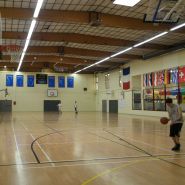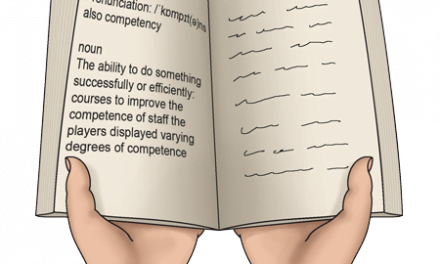SEND students may be physically unable or be in fear of participating in physical education. How can these students be encouraged to get more involved?
According to government statistics:
“Just under 1.5 million pupils in England have special educational needs”
SEND students can struggle with their physical education. Searching for solutions that suit these students’ needs can allow them to become more involved and encourage them to become more active. Here are three ways you can support SEND students to get involved with physical education.
1. Build rapport and conversations with SEND students
You must build a good relationship with SEND students in your department. This is so they feel confident to go to you with any problems or fears they may be having with getting involved in PE. Listen to them intently so that you can understand their perspective. This will enable them to build their self-confidence over time.
Empowering SEND students to be comfortable with themselves and their abilities will assure them that they truly belong amongst their peers.
Understandings the specific needs of your SEND students are crucial so that they become confident enough to engage with their physical education due to how beneficial it can be for their mental health too.
2. Provide activities that cater towards SEND students
Providing an all-inclusive environment for students should be integrated automatically regardless within an education setting. However, SEND students’ specific needs should be carefully considered. Provide activities and integrate inclusion methods such as the STEP method.
- Space – Increasing the space of a playing area can encourage SEND students to become involved with physical education as they have more leeway to accommodate errors. This can help reduce the likelihood of them becoming disheartened with an activity if it doesn’t go as intended.
- Task – Breaking down the activity into small, easy-to-understand, steps can allow SEND students to take their time during their physical education. SEND students can then learn at their own pace and become composed with the activity they are trying to perform.
- Equipment – The equipment provided should encourage SEND students and not demoralise them. Equipment should suit the needs of the students and all should be able to use it to complete a particular activity effectively.
- People – You need to ensure that you are matching the ability levels of students so that they do not feel unmotivated or discouraged by physical education.
Integrating models, such as this, or identifying the specific needs and facilitating an environment that is supportive for everybody can help SEND students.
3. Fit the curriculum and improve staff training
SEND students need to have a curriculum that suits their specific needs as they may feel they are behind their peers. Does the curriculum allow for SEND students to feasibly attain certain goals? Consider re-designing the curriculum to help them and focus on what they can develop at a comfortable rate.
This also coincides with ensuring staff are fully aware of SEND students’ needs and how they can be supported with their physical education properly. Consider implementing staff training days solely focusing on SEND students’ needs to help elevate their understanding and how they can support them.
Use PE Office to your advantage
The PE Office can alleviate any pressures a PE department is having and allow staff to focus on other areas, such as supporting those with SEND.
The platform includes downloadable lesson plans, that match the current curriculum, which can reduce teacher workload by minimising planning.
Schemes of work are also available to support departments and include space for remarks for gifted and talented pupils, pupils with SEND, differentiation, and the development of long-term and short-term planning.
If you would like to learn more about the platform then call 01909 776 900, send an email to mail@peoffice.co.uk or book a free online demonstration here.










